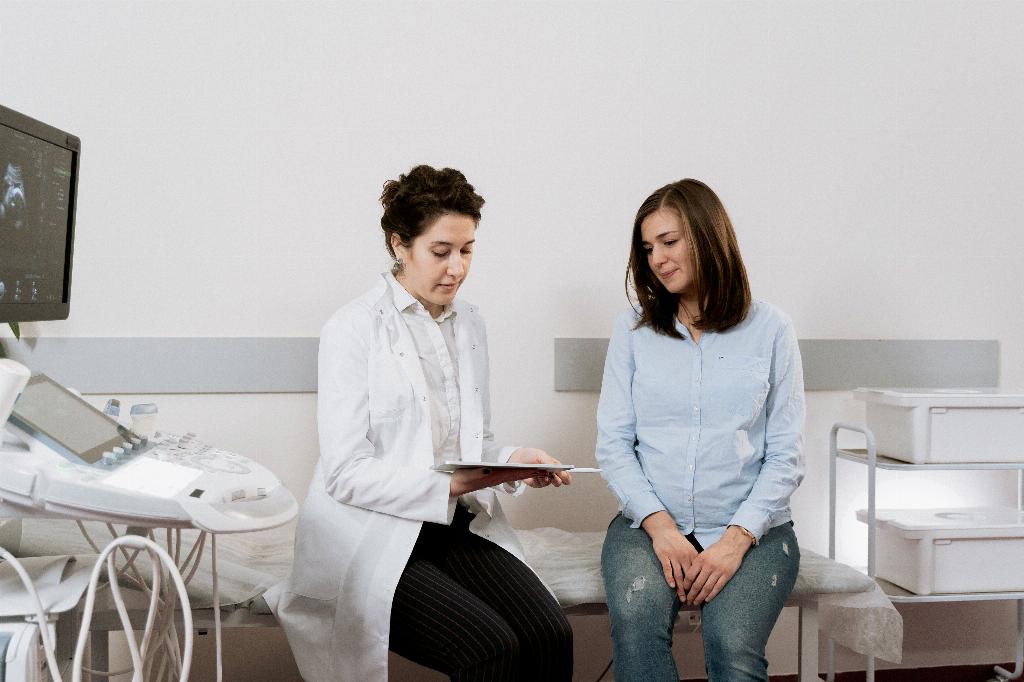Deciding on the ideal timing for your next pregnancy is a critical aspect of family planning. One common question that arises is, “How long should you wait between pregnancies?” Research and medical professionals often recommend waiting at least 18 months before conceiving again after giving birth.
It is important to understand that the 18-month recommendation is based on various factors that influence maternal and fetal health. Giving your body sufficient time to recover from a previous pregnancy is crucial for ensuring a healthy outcome for both you and your baby. This period allows your uterus to heal, your nutrient stores to replenish, and your overall health to stabilize before embarking on another pregnancy journey.
Waiting for 18 months between pregnancies can significantly reduce the risk of complications such as preterm birth, low birth weight, and maternal health issues. Studies have shown that spacing pregnancies too closely can put additional strain on your body and increase the likelihood of adverse outcomes for both you and your baby.
During the 18-month interval, you have the opportunity to focus on your own well-being, bond with your existing child, and prepare emotionally and physically for the demands of another pregnancy and childbirth. This time allows you to rest, recover, and build up your strength for the challenges that lie ahead.
It is important to consult with your healthcare provider to discuss your individual circumstances and health history when considering the optimal timing for your next pregnancy. Factors such as age, underlying medical conditions, previous pregnancy outcomes, and personal preferences can all play a role in determining the ideal waiting period between pregnancies.
While the 18-month guideline serves as a general recommendation, every woman’s situation is unique, and personalized recommendations may be necessary. Your healthcare provider can provide tailored guidance based on your specific needs and goals for family planning.
Research suggests that spacing pregnancies too closely can increase the risk of complications such as uterine rupture, placental abnormalities, and maternal nutrient depletion. Giving your body ample time to recover and replenish its resources between pregnancies is essential for promoting optimal maternal and fetal health.
By waiting at least 18 months between pregnancies, you are allowing yourself the opportunity to fully recover physically and emotionally from the demands of childbirth and newborn care. This period of rest and rejuvenation can help you approach your next pregnancy with renewed strength, energy, and readiness to welcome another child into your family.
Additionally, spacing pregnancies appropriately can contribute to better birth outcomes, reduced stress on your body, and enhanced maternal well-being. It is a proactive approach to safeguarding your health and the health of your future children by prioritizing adequate recovery time between pregnancy journeys.
Ultimately, the decision of how long to wait between pregnancies is a personal one that should take into account your health, your family’s needs, and your own well-being. By working closely with your healthcare provider, considering all relevant factors, and listening to your body, you can make an informed choice that supports your overall health and ensures the best possible outcome for you and your future child.

